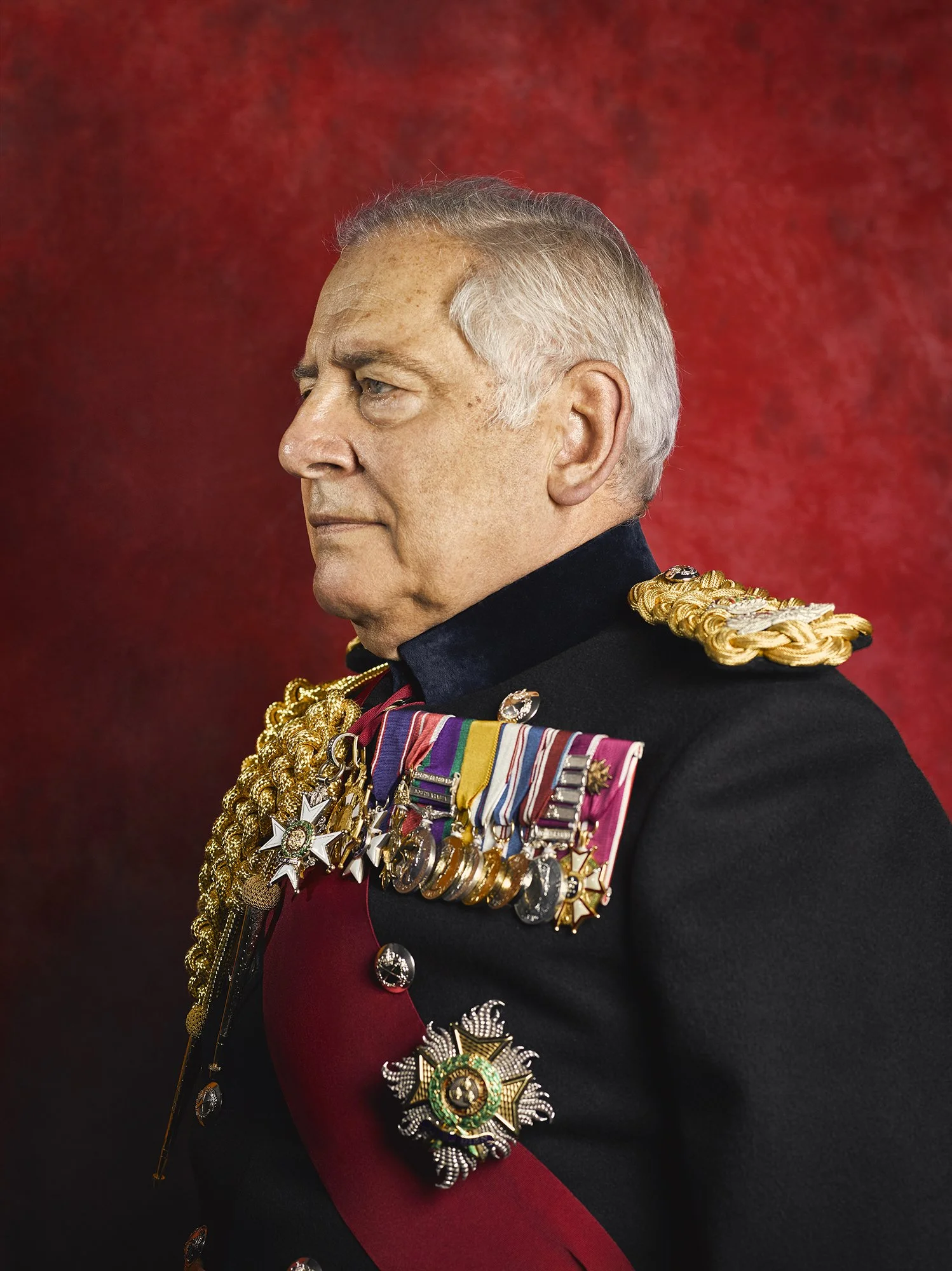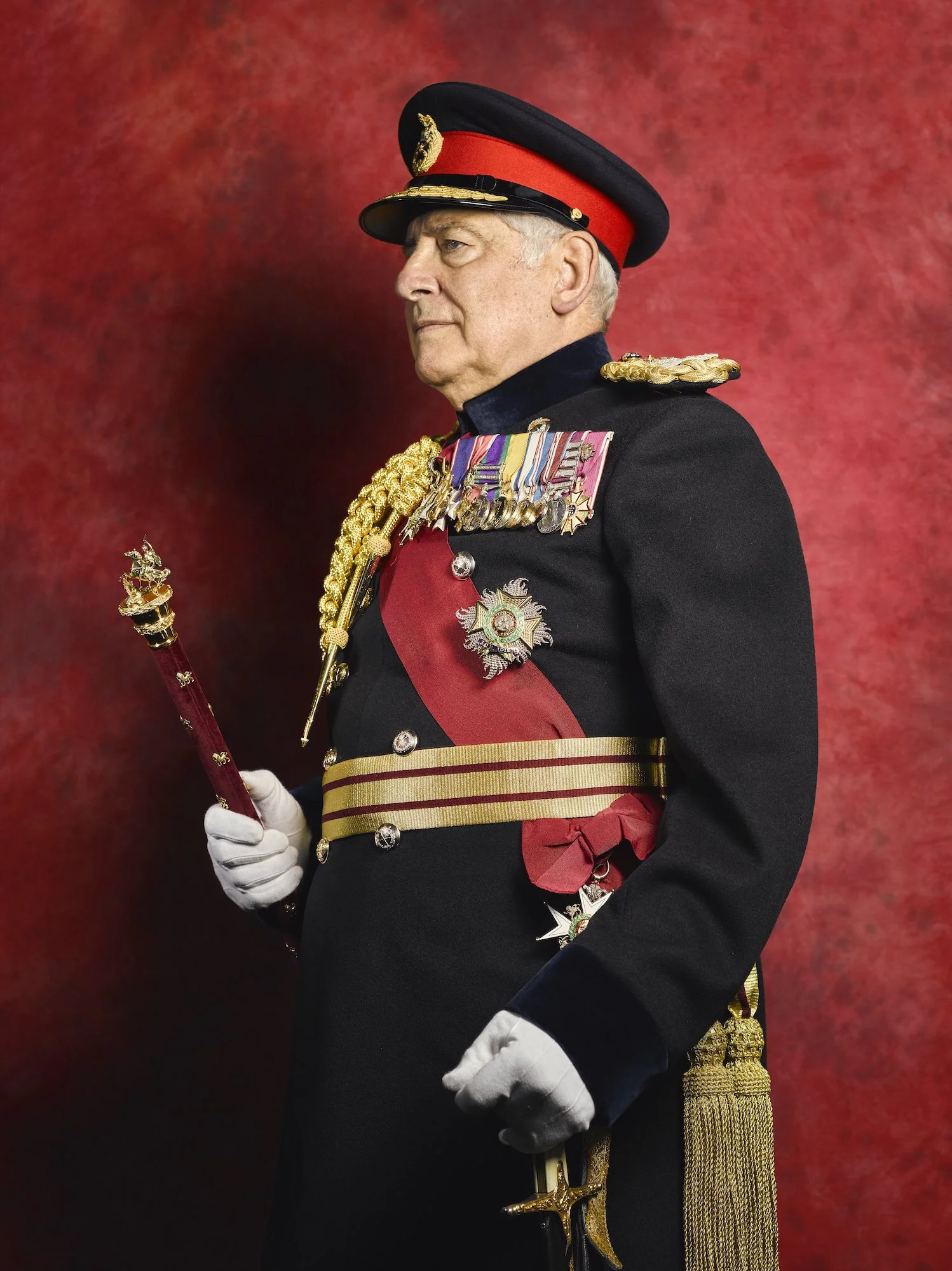Field Marshal The Lord Guthrie — Portrait Sitting - Copyright © Rory Lewis Non Profit (Heroes in Focus), All Rights Reserved. The Heroes in Focus non-profit is a 501(c)(3) tax-exempt charity. EIN 33-2920765 All contributions to Heroes in Focus are tax-deductible according to IRS regulations.
One of the most meaningful opportunities through my non-profit archive has been the privilege of photographing senior figures within the British Armed Forces. Among these sittings, capturing a British Field Marshal stands as both an artistic milestone and a moment of profound historical significance.
The rank of Field Marshal is the most senior in the British Army—a five-star designation first introduced in 1736 by King George II. Since then, only 138 individuals have held this rank. Today, it is conferred sparingly and symbolically, often upon members of the Royal Family or distinguished commanders whose service exemplifies leadership and duty at the highest level. Though largely honorary in the modern era, the rank continues to embody centuries of tradition and national pride.
In 2017, I wrote to several living Field Marshals, seeking to document their likeness for posterity. To my great honour, Field Marshal The Lord Guthrie, former Chief of the General Staff and later Chief of the Defence Staff, graciously agreed to sit for a portrait in London.
Field Marshal The Lord Guthrie — Portrait Sitting - Copyright © Rory Lewis Non Profit (Heroes in Focus), All Rights Reserved. The Heroes in Focus non-profit is a 501(c)(3) tax-exempt charity. EIN 33-2920765 All contributions to Heroes in Focus are tax-deductible according to IRS regulations.

